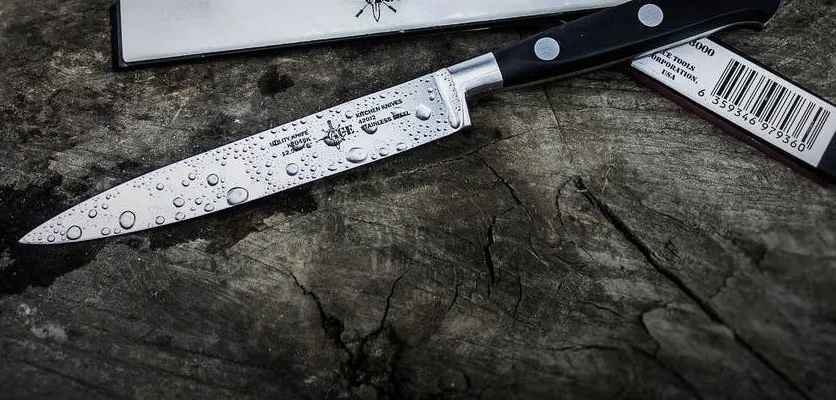I spent some time analyzing the battery specifications of BYD’s 100,000 insured electric vehicles in March and obtained some interesting findings.
According to future plans, BYD will increase new product lines under its two blade BEV (long blade) and blade PHEV (thick blade) specifications. We can see some clues about how existing products are divided from this article.
With the release of Han DM-i and the launch of the warship 05, we can see that BYD’s plug-in hybrid spectrum is also gradually enriching.
PHEV Configuration Distribution
In plug-in hybrid models, necessary configurations mainly include 50km entry-level, 80km (old three elements configuration), 100-110km and 120km. There will also be some high-mileage upgrades in the future. Currently, Tang DM-i and Song Plus are still in the early delivery stage, mainly delivering vehicles with a mileage of around 100km, while the earliest delivery of Qin DM-i has already mainly focused on the entry-level model of around 50km.
From the current long-term data, consumers in second and third-tier cities do not need to travel long distances for commuting like workers in first-tier cities who need to travel 60-80 kilometers a day. The 50km entry-level model is enough for them, and consumers will also find a smaller battery in the short term to achieve the cost-effectiveness of purchases.
So in my understanding, the subsequent 120 kilometers are quite embarrassing. We will try our best to iterate to a model with a range of 200 kilometers, which can meet the needs of first-tier city consumers for commuting and reduce the premium brought by charging.
Most of the demand is still focused on the 8.32kWh, 26Ah battery below.
Configuration of pure electric endurance mileageWhen it comes to pure electric vehicles, the situation is quite similar. Consumers who buy Dolphin, Yuan Pro, and Qin mainly choose models with a range of 400-500 km, while half of the consumers who choose Qin Pro upgrade to 500-600 km. Currently, consumers are also paying extra to buy Yuan Plus and Song Plus to achieve higher mileage, covering the demand of 500-600 km.
Han EV is very interesting because in first-tier cities, 600 km models are still more popular. Currently, BYD’s lithium iron phosphate solutions cover three levels: 400, 500, and 600, with the first two being the most economical. It can also be seen here that Chinese pure electric vehicle consumers still have a lot of trade-offs between price and range.
Currently, BYD has several mature battery cell options:
- BEV battery cells
Including the original 135Ah (1C) and the 150Ah (1C) battery cells used in Yuan Plus.
- PHEV battery cells
Mainly covering three types: 26Ah, 40Ah, and 47.7Ah, but it seems that the structure of the 40Ah cell may have some issues. There have been many accidents reported on social media, and we will analyze them further once there is an official response.
I think BYD’s choice of this voltage system is quite interesting, the biggest advantage is that the same battery cell can be used to configure different energy levels, which is the essence of a blade battery. Different voltages correspond to different energies, which can produce different gradients under similar designs (see Table 2), which is basically the same idea as a cylindrical cell.
In terms of energy density, BEVs are generally divided into two categories: 140 Wh/kg and 150 Wh/kg, while PHEVs have a wider distribution due to no requirements for energy density, as shown in Table 3:
Summary: BYD’s batteries are simple in terms of battery cells, and the Pack mainly adjusts energy around voltage. However, due to the voltage limit of the previous IGBT, other automakers cannot easily replicate this method, which also restricts the use of BYD batteries by other automakers.
This article is a translation by ChatGPT of a Chinese report from 42HOW. If you have any questions about it, please email bd@42how.com.










